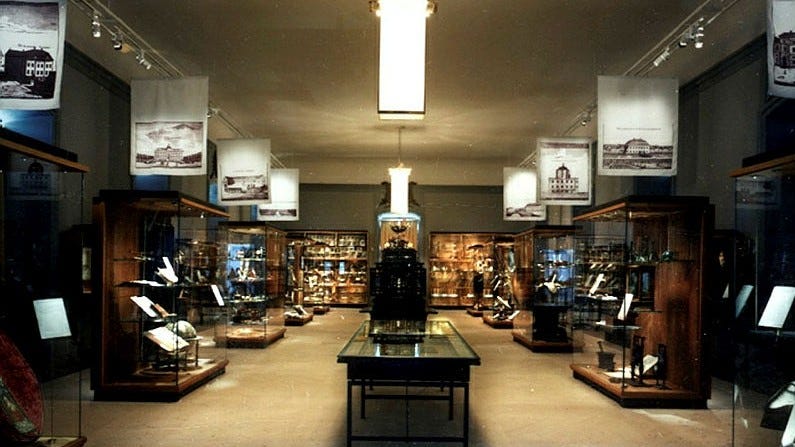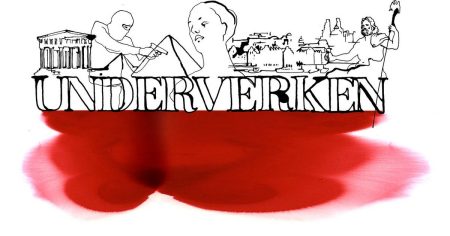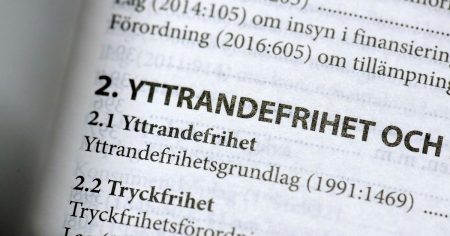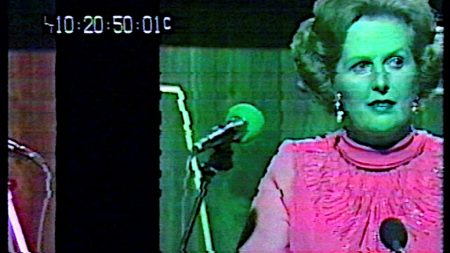The University of Uppsala has formally requested permission from the Swedish Ministry of Education to repatriate the mounted skeleton of a Sámi woman to the Lycksele Sámi Association. This skeleton, previously donated to the university’s anatomical department and subsequently stored at the Gustavianum Museum, is no longer deemed necessary for the university’s operations and holds no economic value, according to the university’s official statement to the Ministry. This repatriation request follows an earlier application submitted by the Lycksele Sámi Association this autumn, advocating for the return of the remains. The decision reflects a growing global movement to address the historical injustices associated with the collection and retention of human remains, particularly those belonging to Indigenous communities.
The skeleton’s history reveals a darker chapter in the university’s past. Between the mid-19th century and the 1920s, the then-anatomical department amassed a significant collection of human remains, meticulously documenting their origins. The majority of these bones were sourced from archaeological excavations across Sweden. Crucially, this collection included remains from various minority groups and Indigenous populations, including the Sámi people, raising ethical concerns about the exploitation and objectification of marginalized communities in the name of scientific inquiry. The practice of collecting and studying human remains during this period often lacked ethical guidelines and sensitivity towards the cultural and spiritual beliefs of the deceased and their descendants.
The repatriation request signifies a critical step towards acknowledging and rectifying past injustices, specifically regarding the treatment of Indigenous remains. The Sámi people, an Indigenous group inhabiting northern Scandinavia, have a rich cultural heritage deeply connected to their ancestral lands. For the Sámi, the proper treatment of their ancestors’ remains holds profound spiritual significance. The retention of these remains by institutions, often without consent or regard for traditional burial practices, represents a violation of their cultural and spiritual rights. Returning the remains to the Lycksele Sámi Association allows the community to reclaim control over their ancestral heritage and ensure respectful reburial according to their customs.
The university’s decision to support the repatriation request demonstrates a growing institutional awareness of the ethical implications surrounding the possession of human remains, particularly those belonging to Indigenous communities. This act reflects a broader shift within academic and museum communities towards prioritizing respect for Indigenous rights and cultural heritage. Repatriation processes often involve complex legal and logistical considerations, requiring careful collaboration between institutions and Indigenous communities to ensure a sensitive and appropriate return of the remains. This instance represents a positive example of such collaboration, with the university actively working with the Lycksele Sámi Association to facilitate the repatriation.
The repatriation of the Sámi woman’s skeleton aligns with broader international efforts to address the historical legacy of colonialism and its impact on Indigenous communities. International instruments, such as the United Nations Declaration on the Rights of Indigenous Peoples, emphasize the right of Indigenous peoples to control their cultural heritage, including the repatriation of ancestral remains. This case highlights the growing recognition of these rights and the importance of institutional accountability in addressing historical injustices. The act of repatriation signifies more than just the physical return of remains; it represents a symbolic gesture of reconciliation and a step towards acknowledging the historical trauma experienced by Indigenous peoples.
By initiating the repatriation process, Uppsala University acknowledges the historical context surrounding the acquisition of the remains and sets a precedent for future repatriation efforts. This action contributes to a broader conversation about ethical practices within museums and academic institutions, promoting responsible stewardship of cultural heritage and respect for the rights of Indigenous peoples. The return of the Sámi woman’s remains is not only a matter of legal and ethical obligation but also an opportunity for healing and reconciliation between the university and the Sámi community. It marks a significant milestone in the ongoing journey towards recognizing and redressing historical injustices faced by Indigenous communities worldwide.














